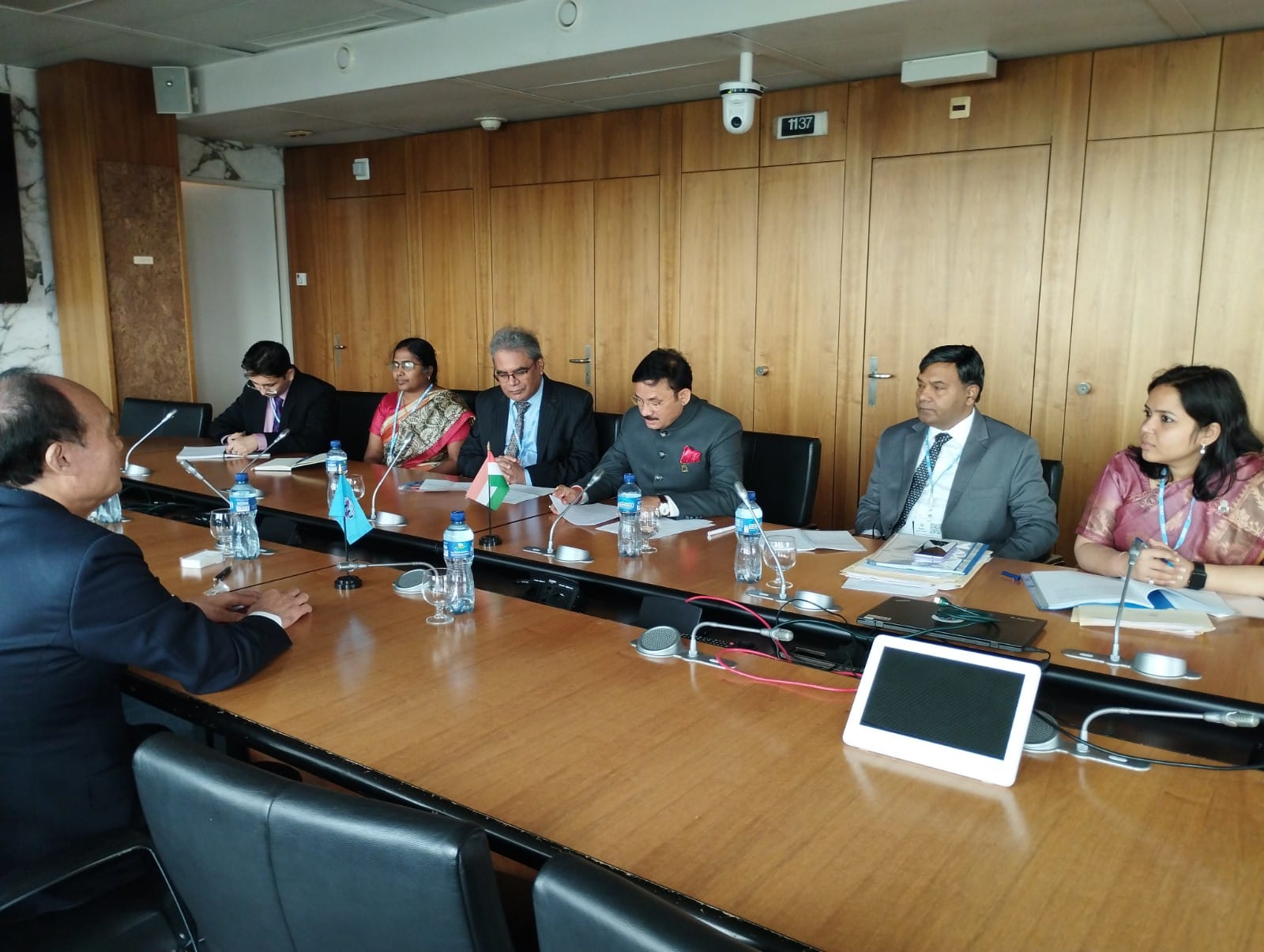Devusinh Chauhan pointed out that earlier Indian companies had to go abroad for testing mobile network use cases as there were no testing facilities in the country. But now, because of the indigenous technologies, they are able to develop the new technology faster and at a lower cost.
Minister of State for Communications, Devusinh Chauhan, attended the opening ceremony of World Summit of Information Society (WSIS) 2022. MoS said that India is a vast country with large rural and remote areas. The Telecom Standards Development Society of India – India’s Standards Development Organisation, along with IITs have developed the Low mobility Large Coverage Standard, earlier called 5Gi using a new waveform that enables 5G towers to cover wider areas in rural and remote areas. These standards were among the first 5G standards, which have been approved by the ITU and have also become part of Globally harmonized 3GPP Release 17 standards. These will be immensely helpful for countries with similar geographical spread. India is poised to play a leadership role in the global digital revolution.
It is being organized by International Telecommunications Unions (ITU) at its headquarter in Geneva, Switzerland from 30th May to 3rd June, 2022. It’s the beginning of a 4 days event where India will showcase its telecom prowess during multilateral and bilateral engagements.
Attended the opening ceremony of World Summit of Information Society (WSIS) 2022, organized by International Telecommunications Unions. It's beginning of 4 days event where India will showcase its telecom prowess during multilateral & bilateral engagements. pic.twitter.com/mgIxhAy7do
— Devusinh Chauhan (मोदी का परिवार) (@devusinh) May 31, 2022
Speaking about India’s focus on inclusive development during the event, Devusinh Chauhan said that Digital inclusion is at the heart of financial inclusion and inclusive economic development. The government is putting conscious and consistent efforts to provide reliable ICT infrastructure in this endeavor.
Presenting the facts Chauhan said, “Over six hundred villages are being connected on Optical Fibre cable, with nearly 175,000 already connected. Villages left out of 4G connectivity are being covered through Universal Service Obligation Fund (USOF).”
Chauhan further added, “Given the difficulty in laying optical fibre networks in hilly and mountainous terrains, our focus is on the use of technologies that can accelerate development and bridge this divide, like using E band wireless carriers, LEO and MEO satellite connectivity among others.” He said that we have issued the first service license for LEO or MEO connectivity and hope to harness the technology to enable digital inclusion in remote areas.
Lower Earth Orbit is densely populated with thousands of satellites in operation today, primarily addressing science, imaging, and low-bandwidth telecommunications needs.
Medium Earth Orbit satellites bring fibre-like performance to remote areas where laying fibre is not viable, such as cruise, commercial maritime, aero, offshore platforms, network backhaul in difficult terrain, and humanitarian relief operations.
The Minister said that affordable broadband accessibility is the essence of digital inclusion. Developing 5G test bed, indigenous 4G and 5G stack, development of Indian 5G standards and setting up of 6G innovation forum are the initiatives to reduce cost, facilitate faster 5G spread in rural areas and eliminate dependency on specific vendors.
Chauhan held a bilateral meeting with Secretary General of ITU, Haolin Zhou. He apprised him of India’s developmental achievements in the field of Telecom, 5G Technology, Atmanirbhar Bharat, customized 5G standards and the plan to take fibre and mobile communications to all 600,000 villages. The minister also thanked him for opening an ITU area office in India.
The participation comes with India contesting the re-election to the ITU Council, for the term 2023-2026. India has been a member of ITU, since 1869 and has been continuously participating, actively in the works, and activities of the Union.

